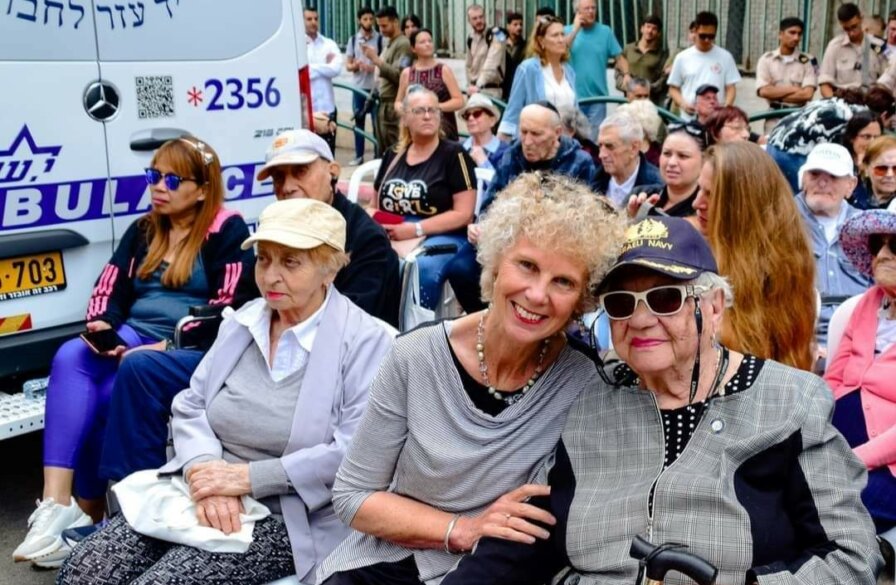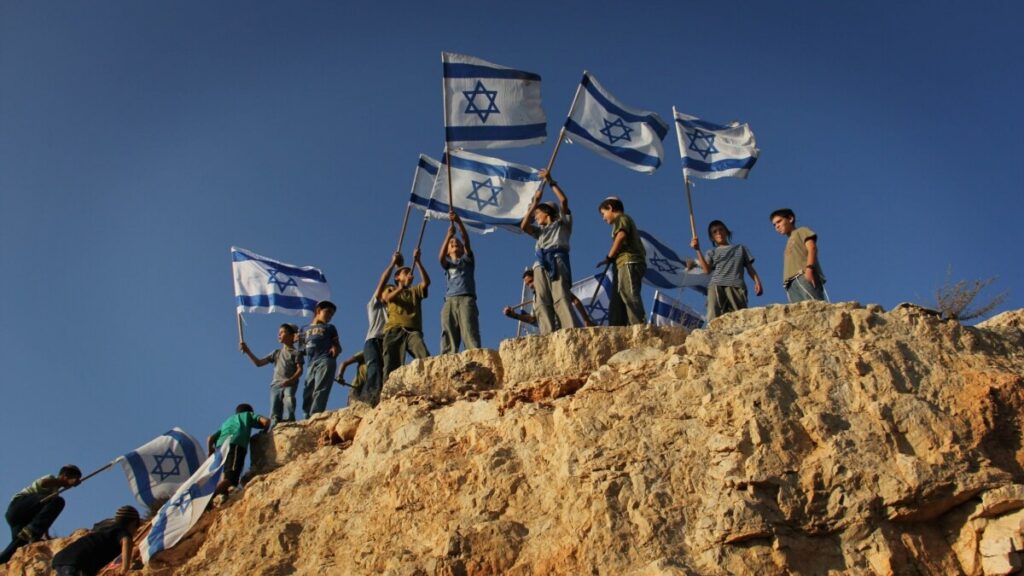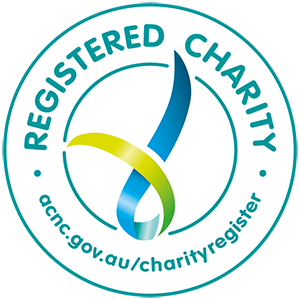By: Maxine Carlill, ICEJ Australia Editor
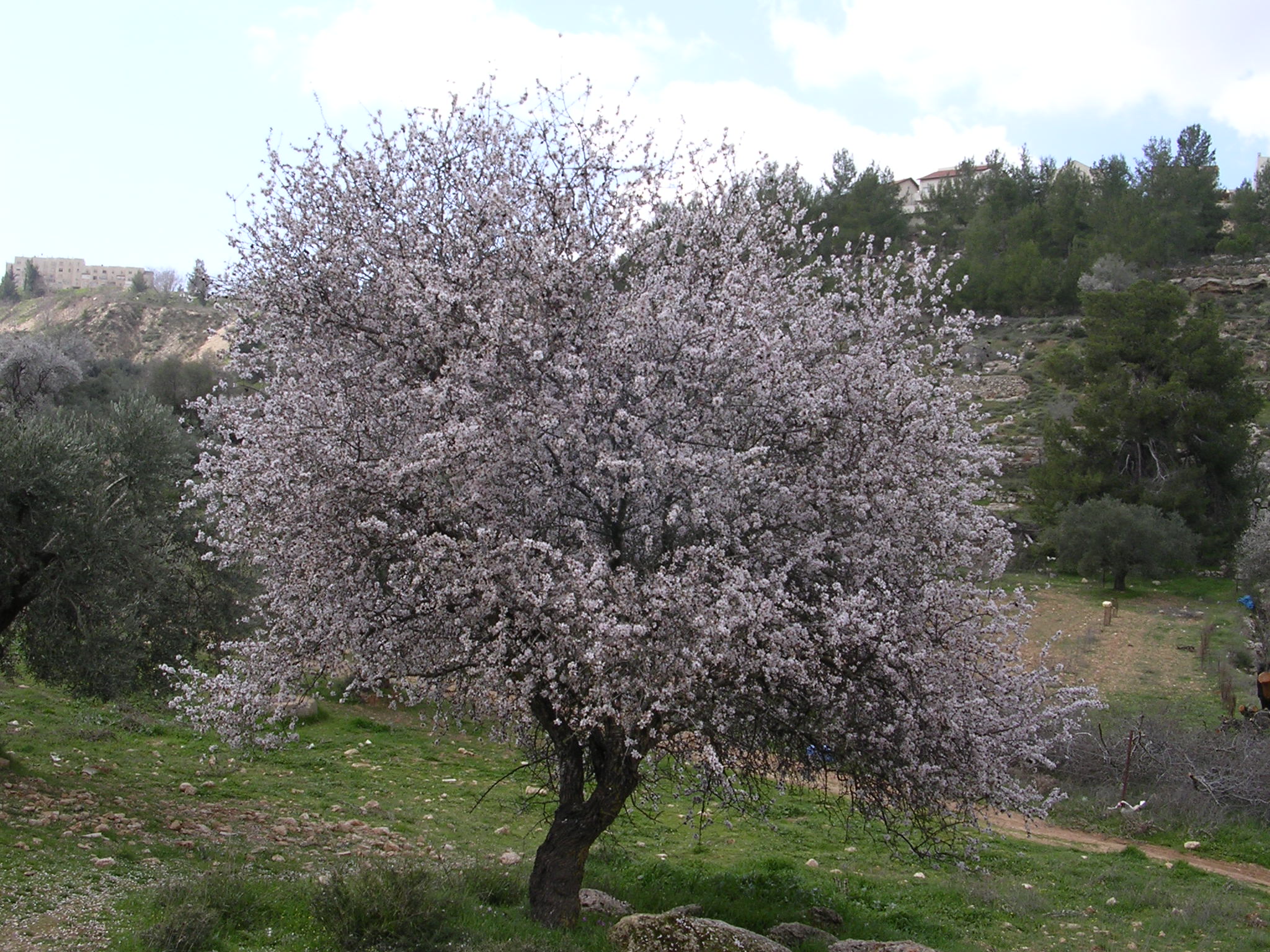
The festival of Hanukkah, which celebrates the overthrowing of evil forces and the desecrated temple won back from the Selucid armies, has the delightful tradition of lighting candles each of the 8 nights. It commemorates the miracle of 1 day’s supply of oil keeping the Temple Menorah burning for 8 days. Light rekindled, shining as a symbol of victory over the darkness of hate.
Light and Darkness
It seems that the world is a dark place at times. We watch as cultural values are eroded, acts of violence increase, wrong is celebrated as right, many heartbreaking conflicts take place and, since October 7, 2023 Israel is dealing with the consequences of the evil perpetrated against it.
The period before the events of Hanukkah was one of darkness. A long period of intense hatred toward the Jews and their way of life and terrible consequences for those who resisted the decrees of Antiochus Epiphanius, the merciless leader.
The Lampstand
When Jerusalem was recaptured and the temple rededicated, the huge golden menorah stood darkened until uncontaminated oil was found. It was enough for a day. But like the loaves and fishes of a later time, its supply went beyond normal expectation and light shone once more.
The menorah’s design as described in Exodus 25:33-34, was to include the bud and blossoms of an almond tree. There was a reason for this interesting decoration.
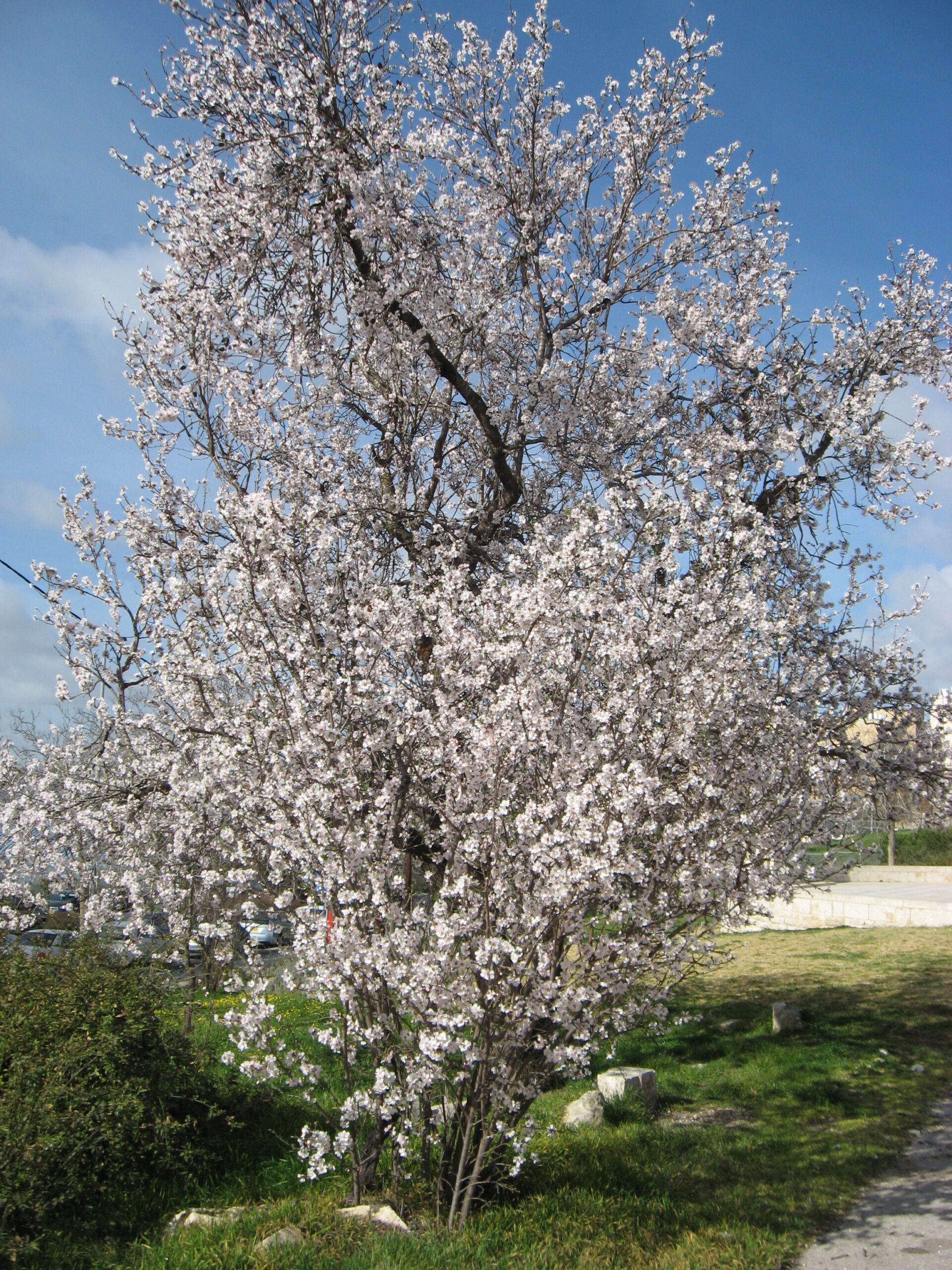
In Numbers 16, there was a serious challenge to the spiritual leadership of God’s anointed leader. Korah whose clan had been allocated a most holy and responsible position, (Numbers 4:15, 7:9), that of carrying the Ark of the Covenant and other sacred items when the nation was on the move, desired a higher status – even that of high priest. In Numbers 17 that appointment was settled once and for all by a compelling demonstration that the role of the high priest, which pointed to a High Priest to come, was connected to resurrection power. Twelve dead ‘sticks’ were placed before the LORD. A man’s rod was a symbol of authority and leadership, so one from the leader of each tribe were placed before the ark of the covenant. Overnight Aaron’s rod budded, blossomed, and produced ripe almonds. Life from death!
The menorah has another lesson in its botanical design. The blossom of the almond tree is the first blossom in Israel appearing near the end of winter. Splashes of pink and white brighten the landscape pointing to the promise of new life. It was in this season that Jeremiah was given a difficult assignment.
Israel was in a situation of seeming hopelessness. The prophet was to speak to his people with warnings and pleas to repent before judgement comes, even though God told him they would oppose him, Jeremiah 1:19. However, God assures him that amid the bleakness of exile and suffering, His promises for Israel will come to pass. One of the signs he gives is the almond tree. He asked Jeremiah what did he see and Jeremiah replies in 1:11, “I see the branch of an almond tree.” God says, “You have seen well, and I am watching/guarding over my word to perform it.” The word translated ‘watching’ or ‘guarding’ is shaked, the same letters, but pronounced slightly differently is also the word for ‘almond’, sh’ked. A play on words is common in the Hebrew Scriptures to make a point. Just as the sight of the blossoming almond tree promised the end of winter’s bleakness, so God’s words assured Jeremiah that there was indeed hope for an end to a dark situation.
The menorah’s design represents authority; life from the dead; hope in dark times.
No wonder the resurrected Yeshua appeared among the lampstands, the menorot, in Revelation 1:12-13, where each stand represented a church whose task was to shine the light with which they were entrusted.
The Light
Psalm 36:9 says, “In Your light we see light.” The light that we see the Talmud says, is the Messiah. John 1:9 bears out the Talmudic teaching, “The true light which gives light to every man, was coming into the world.” As does the bold statement of Yeshua, “I am the light of the world.”
The first commandment of God was ‘Let there be light’. Was it an extra-ordinary light because the sun and the moon were yet to be created? Was it the energy that was released to bring forth the universes? One thing it certainly was – it was a most dramatic statement, a powerful picture, that out of darkness God brings light.
Light is most effective when applied according to God’s directions. Numbers 8:1-3, “…Speak to Aaron, and say to him, When you arrange the lamps, the seven lamps shall give light in front of the lampstand. And Aaron did so; he arranged the lamps…as the LORD commanded Moses.”
And Yeshua explained in Matthew 5:14-16 how his followers were to shine. It is good works that will be like a lamp on a stand, seen by others, causing them to give glory to the Father. What a responsibility – to reflect the Light of the world – which is Messiah.
The lights of Hanukkah are a reminder of triumph over hate, the Word of God over the words of man. Isaiah 60:1 declares, “Arise, shine; For your light has come! And the glory of the LORD is risen upon you.”
Read more about Hanukkah here.
Images credit: ICEJ Australia & ICEJ International



